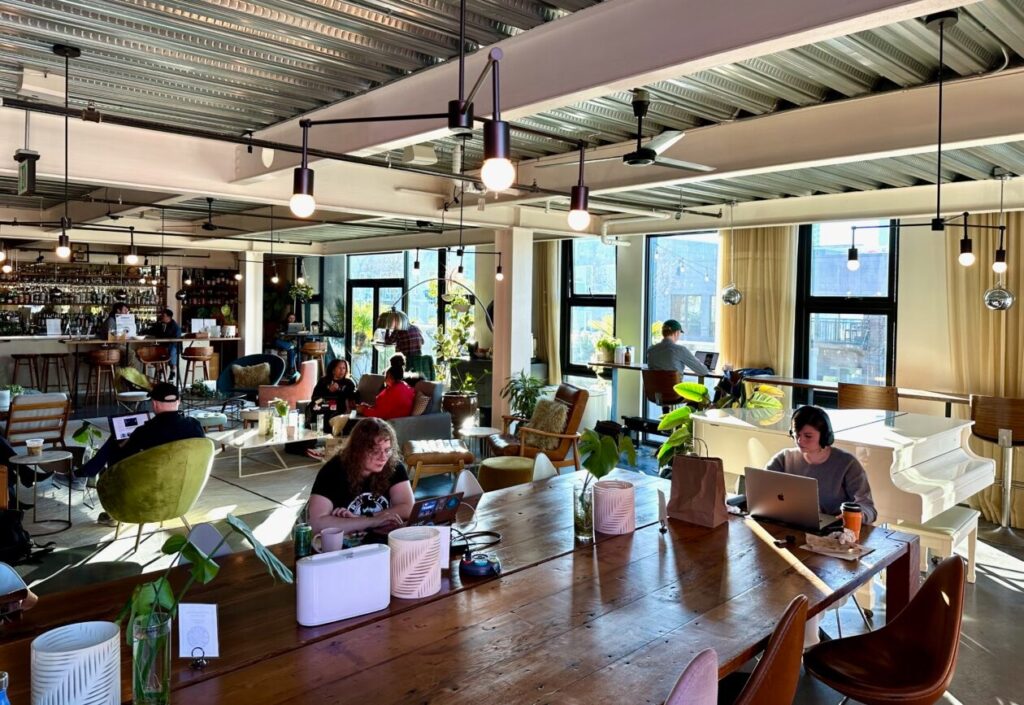In recent years, the dynamics of work have undergone a seismic shift, largely driven by the rise of hybrid workforces that combine remote and in-office employees. This trend has not only changed how we perceive the workplace but has also significantly increased the demand for shared office rentals. One of the primary reasons hybrid workforces are gravitating toward shared office spaces is flexibility. Unlike traditional office leases, which often require long-term commitments, shared office rentals offer short-term agreements that allow companies to scale their workspace up or down according to their current needs. This flexibility is especially appealing for businesses navigating the uncertain economic landscape or those experimenting with different hybrid work models. Moreover, shared office environments foster collaboration and community, which are vital for teams that are not always physically together. In a hybrid setup, employees can choose to work from a shared office when collaboration is essential, whether for brainstorming sessions, team meetings, or social interactions that enhance workplace relationships. These shared spaces often provide amenities such as meeting rooms, breakout areas, and even social hubs that facilitate networking and relationship-building among employees from different companies.

Cost-effectiveness is another compelling reason why hybrid workforces are drawn to shared office rentals. Maintaining a traditional office space can be a significant financial burden, particularly for small and medium-sized enterprises. Shared office spaces allow these businesses to reduce overhead costs by sharing utilities, office equipment, and amenities with other tenants. This financial flexibility enables companies to allocate resources toward other crucial areas such as hiring talent, investing in technology, or expanding their offerings, ultimately driving growth and innovation. Additionally, shared office rentals often provide a professional setting that remote workspaces may lack. For many businesses, presenting a polished, professional image is vital, especially when meeting clients or stakeholders. Shared office spaces often come equipped with modern facilities, high-speed internet, and professional furnishings, ensuring that employees have a conducive environment to work and meet clients.
This is particularly beneficial for freelancers or entrepreneurs who may not have a dedicated office space but still need a professional backdrop for their work. Furthermore, the location of 重庆共享办公空间 is typically advantageous. Many are situated in prime business districts, providing easy access to clients, partners, and talent pools. This strategic positioning allows companies to remain agile, adapting to changing market demands while maximizing visibility and accessibility. In conclusion, the appeal of shared office rentals for hybrid workforces is multi-faceted, driven by the need for flexibility, collaboration, cost-effectiveness, professionalism, and strategic location. As businesses continue to embrace hybrid models, shared office spaces will likely play an increasingly vital role in facilitating a productive and cohesive work environment, paving the way for innovative collaborations and sustainable growth.